
Giant Sea Spider "OCEAN TREASURES" Memorial Library
Giant sea spiders may look strange, but their circulatory system is even weirder, new data show. Tim Dwyer. By Ilima Loomis. August 14, 2017 at 6:00 am. Sea spiders just got weirder. The ocean arthropods pump blood with their guts, new research shows. It's the first time this kind of circulatory system has been seen in nature.
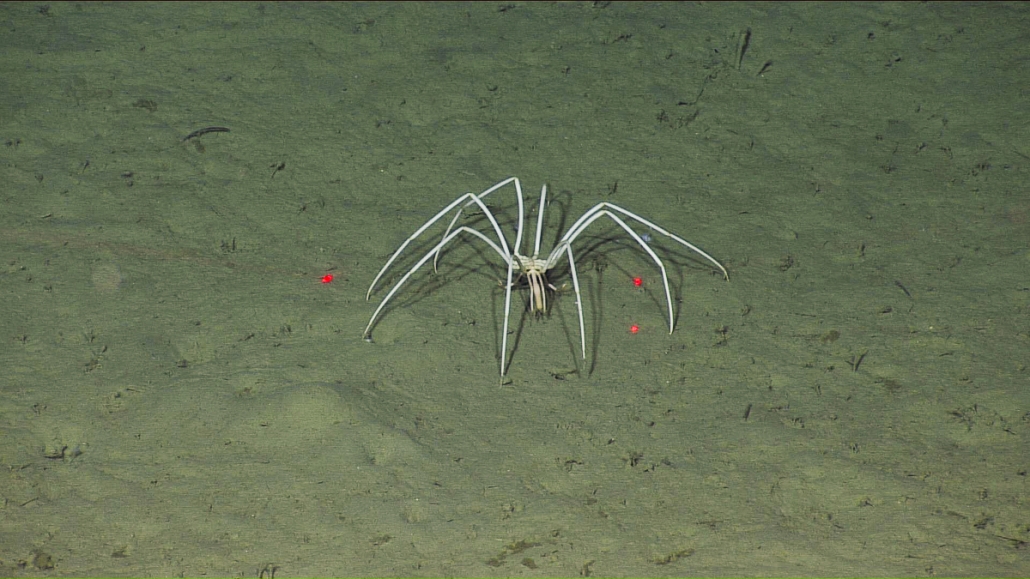
Giant sea spider MBARI
The Southern Ocean giant sea spider is one of the most common sea spiders in the waters around Antarctica. It also lives in coastal waters off South America, South Africa and Madagascar, down.

How Giant Sea Spiders May Survive in Warming Oceans The New York Times
Meet the sea spider Sea spiders swim and crawl along sandy seafloors around the world. They might be as small as a grain of sand or as long as a housecat. When a sea spider discovers a soft-bodied animal to snack on, it thrusts its straw-like proboscis into the animal's flesh, then sucks out its insides like a smoothie. Animal type Invertebrates

Giant Sea Spiders 3 Feet Wide!
51 cm (20 inches) Depth 2,200-4,000 m (7,200-13,100 feet) Habitat Seafloor Diet Sea anemones, hydroids, jellies, and other invertebrates Range Worldwide About Weird and Wonderful: Giant sea spiders eat by sucking fluids out of their prey Eight long and lanky legs make it easy to move along the deep seafloor.
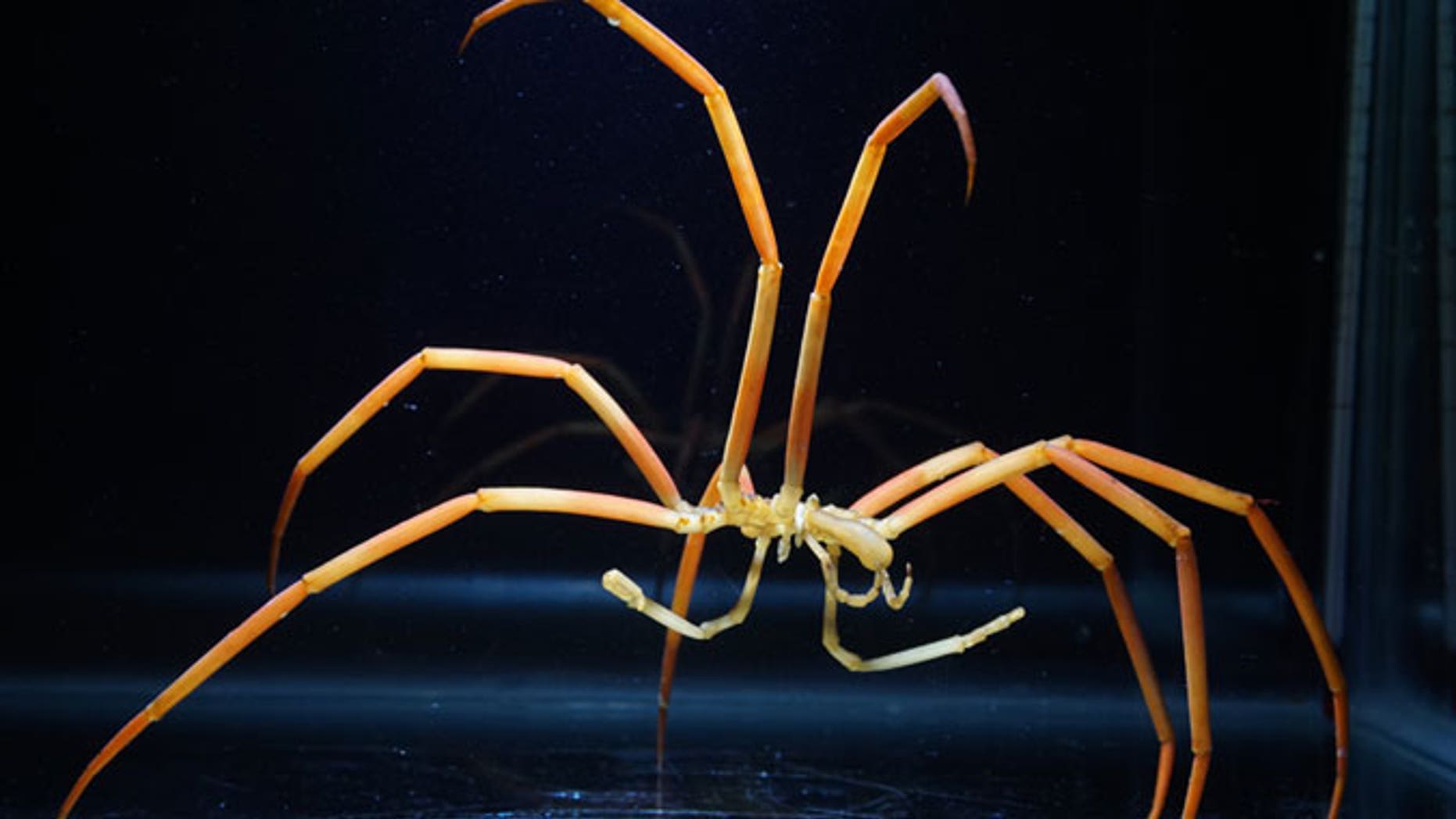
Giant sea spiders have Swisscheese like holes in their exoskeletons Fox News
Series: Animal giant sea spider Some exotic creatures lurk in the polar seas, but perhaps none is more bizarre than the giant sea spider. There are hundreds of sea spiders in oceans around the world, but the giant sea spider weighs about 1,000 times more than its relatives.

Pin on Bow To Our Undersea Overlords
Scientific name: Pycnogonida Predators and Threats: Fish, crabs, and other sea spiders Unique adaptations: Their exoskeleton that allows them to breathe through their skin Behavior Pattern: They can blend in with their surroundings using camouflage Diet: Worms, jellyfish, crustaceans, mollusks, sponges, corals, algae, detritus
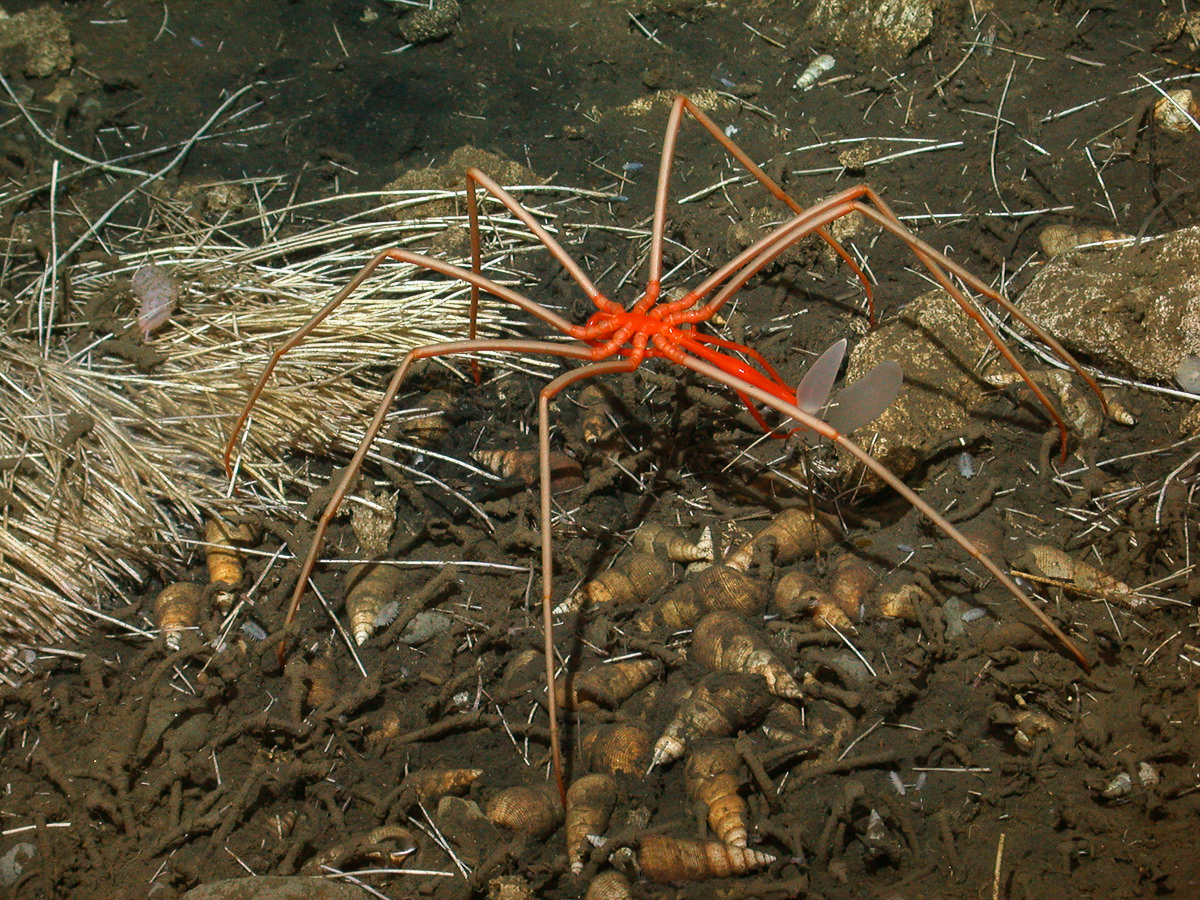
Giant sea spider MBARI
Sea spiders are marine arthropods of the order Pantopoda [1] ( lit. 'all feet' [2] ), belonging to the class Pycnogonida, [3] hence they are also called pycnogonids ( / pɪkˈnɒɡənədz /; [4] named after Pycnogonum, the type genus; [5] with the suffix -id ). They are cosmopolitan, found in oceans around the world.

Zoologger The giant sea spider that sucks life out of its prey New Scientist
sea spider, any of the spiderlike marine animals comprising the class Pycnogonida (also called Pantopoda) of the phylum Arthropoda. Sea spiders walk about on the ocean bottom on their slender legs or crawl among plants and animals; some may tread water. Most pycnogonids have four pairs of long legs attached to four trunk segments.
Researchers have more questions than answers about giant sea spiders CBC News
The giant sea spiders are representative of a phenomenon found in the Arctic and Antarctic, known as polar gigantism. (submitted by Bret Tobalski) If you're afraid of spiders, these.
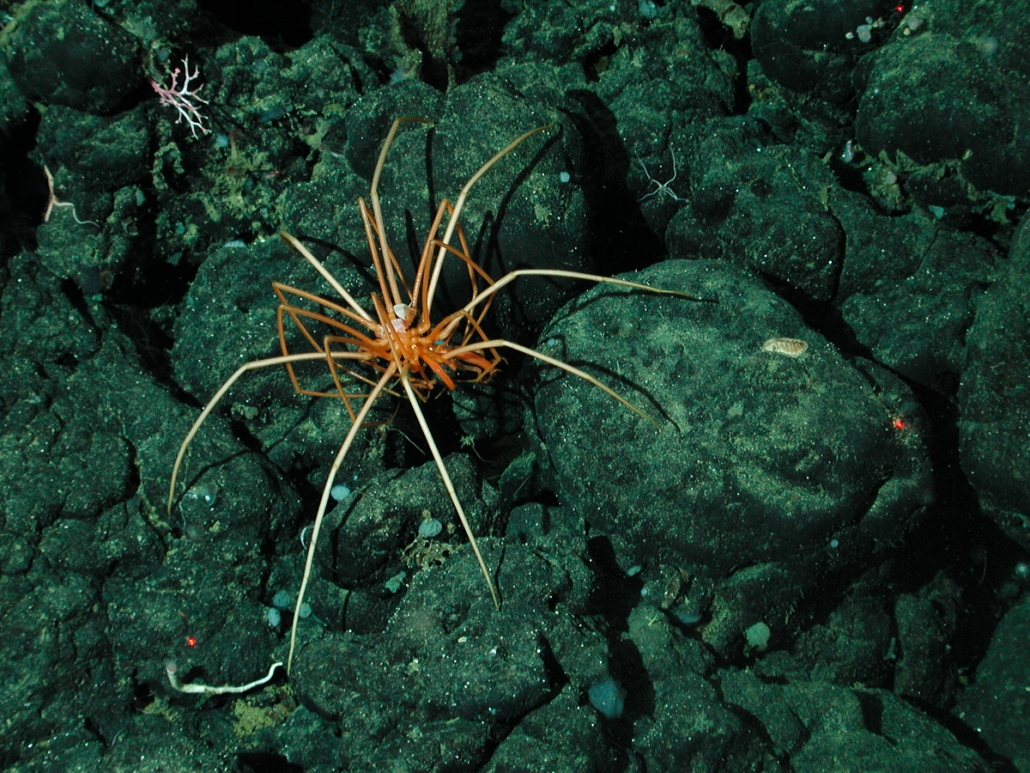
Giant sea spider MBARI
Download larger version (mp4, 27.9 MB). Sea spiders are more formally known as pycnogonids because they belong to the class Pycnogonida within the phylum Arthropoda. The look-alike land-dwelling spiders after which they are named are also arthropods, but they belong to the class Arachnida.
Researchers have more questions than answers about giant sea spiders CBC News
Sea spiders, a kind of marine arthropod called a pycnogonida, are bizarre. They have no lungs, no gills — no organs for breathing at all. They get oxygen by just sitting there, allowing it to.

Giant Sea Spider "OCEAN TREASURES" Memorial Library
A giant Sea Spider walks along the bottom of McMurdo Sound. Secrets of the Gigantic Sea Spiders. By Michael Lucibella, Antarctic Sun Editor. Posted November 16, 2015. The average sea spider in McMurdo Sound is neither itsy nor bitsy. Although they live in oceans all over the world, to find the really enormous ones, scientists have to trek to.
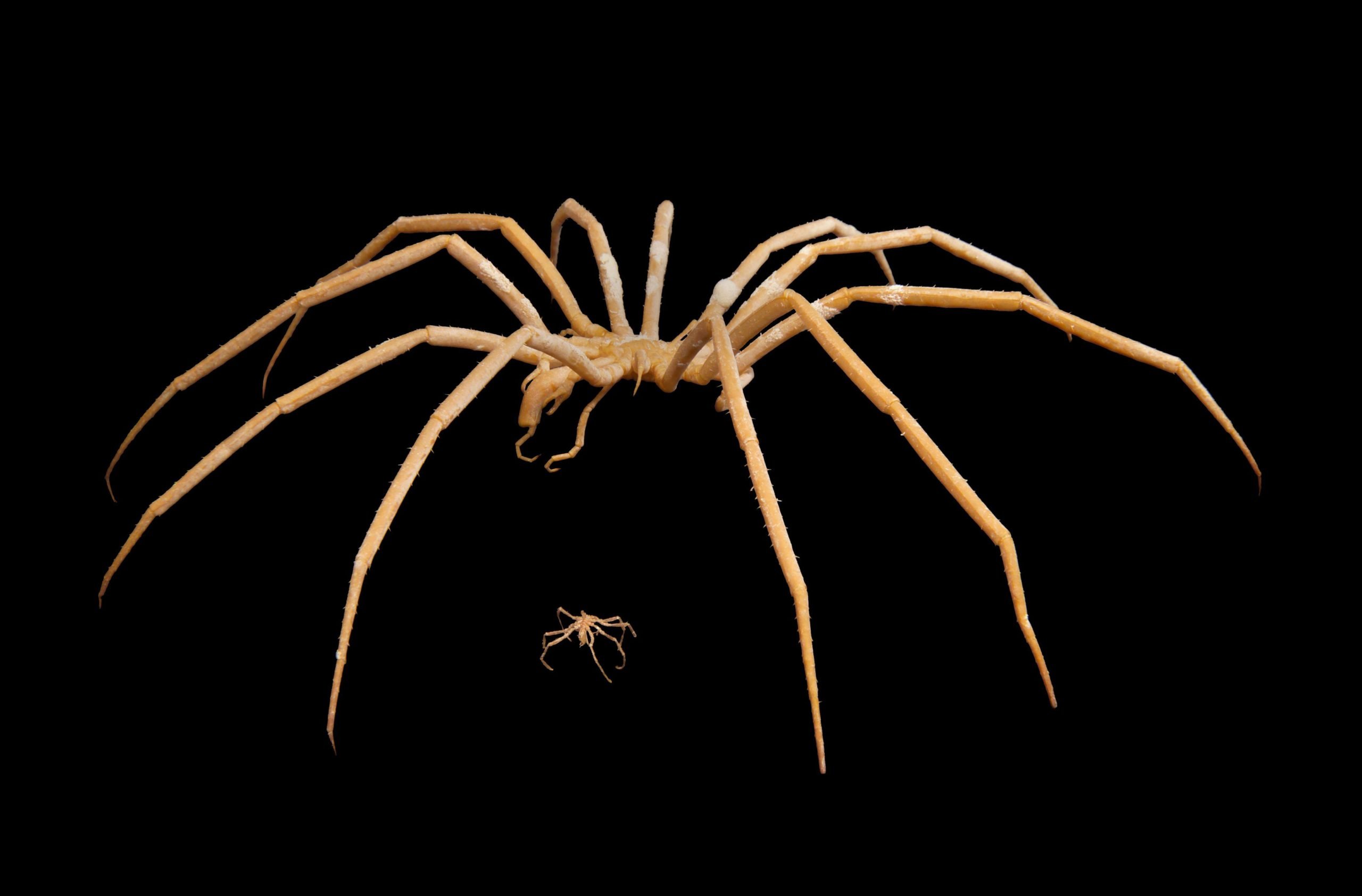
Heck no the giant Antarctic sea spider Australian Geographic
The giant Antarctic sea spider looks like an alien. Look at this lanky orange hellspawn. I'm going to go ahead and say that we are not buying whatever it's selling. We've got enough problems without having to contemplate the motivations of this faceless alien baby.
Huge “Sea Spiders” Walking on the Beach Quiet Bay, South Africa. Photo by Jan Vorster. r
The realization that giant sea spiders have Swiss cheese-like holes in their exoskeletons has shed light on a decades-old mystery about how underwater creatures living in the polar oceans and.
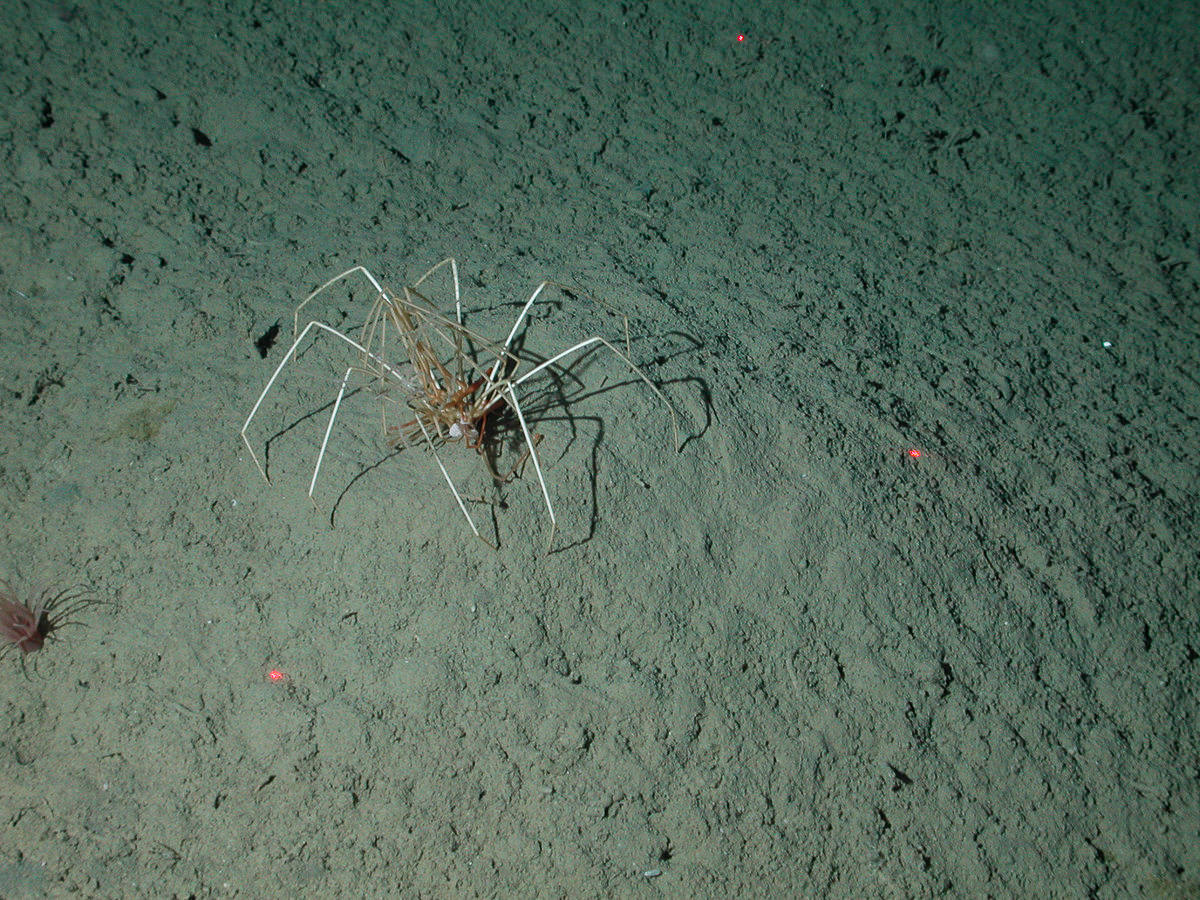
Giant sea spider MBARI
Giant Sea Spiders Live in Extreme Cold While most sea spiders are extremely small, those that live in the depths of the polar seas are relatively enormous, with leg spans greater than 20.
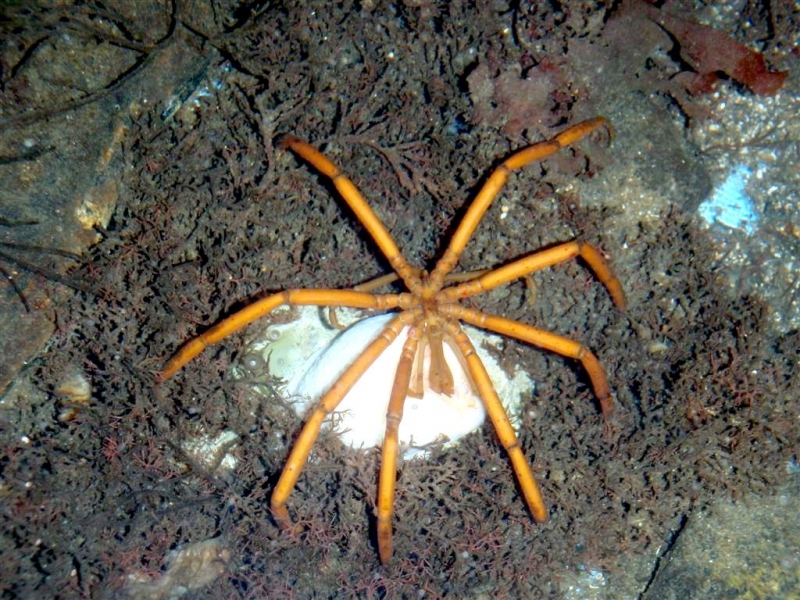
Giant Sea Spider "OCEAN TREASURES" Memorial Library
NARRATOR: This creature was found 2300 feet deep in the ocean. It's a Sea spider, and ones living this at this depth can grow quite large, spanning almost 3 feet wide. Their 8 long legs help carry vital organs, like their digestive tract. They also have 3 to 4 extra limbs - used for cleaning, courtship and carrying their young.